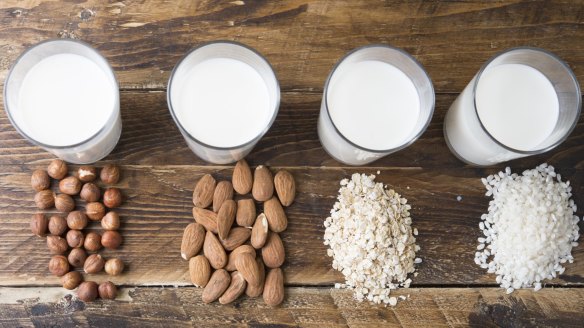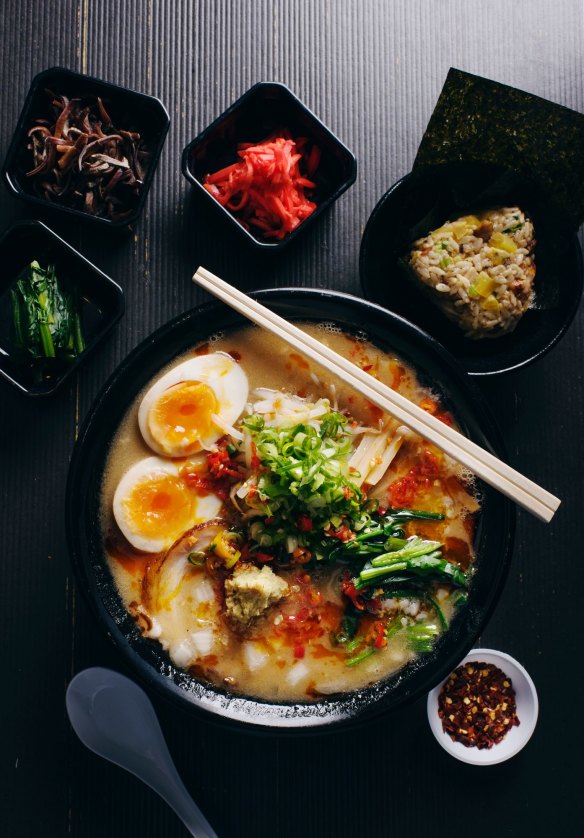Where does the word 'vegan' come from?

Where does the word "vegan" come from? K. Ho
England. Towards the end of World War II, the secretary of the Leicester branch of the British Vegetarian Society set up a newsletter in a response to a request for a non-dairy section in the existing publication. His name was Donald Watson and he coined the term "vegan" as a contraction of "vegetarian" – "because veganism starts with vegetarianism and carries it through to its logical conclusion". Other terms for someone who doesn't eat or use animal products that were being bandied about at the time were neo-vegetarian, dairyban, vitan, benevore, sanivore and beaumangeur. One of the first contributors to the new publication, The Vegan News, was George Bernard Shaw, who promised to give up dairy and eggs.
Why do people slurp noodles in Japan? D. Waring

I went out to late dinner with a mate who eats ramen to remind him of the good old times in his home city of Nagasaki in Japan. "It is always a fun night with friends and lots of beer and generally late at night – a bit like the way Aussies eat souvlaki." My mate reckons slurping makes the noodles taste better. And there's some evidence for this. The air flowing over the noodles in the mouth wafts up into the nasal cavity and gives a punch of retro nasal olfactory sensation. This is the way wine judges "taste" wine. Introduced to Japan from China about the turn of the 20th century, the dish of wheat noodles in sticky pork and chicken broth became popular after WWII. Before that soba were the go-to street food noodles. While the Japanese have a wonderfully complex set of manners that generally preclude slurping at the table, the street food custom of slurping noodles became the norm by the end of the 19th century, according to Japanese food historians.
Why do prawn heads go black? K. Wojcik
Until the 1950s, prawns were sent to the Sydney Fish Market from fisheries around NSW on ice. It was not uncommon for whole batches of prawns to be condemned by authorities due to "black head", the dark discoloration of the flesh under the shell. Authorities at the time thought the discoloration was caused by bacteria, despite the near-freezing conditions in which the raw prawns were being transported. It wasn't until 1954 that researchers at the CSIRO in Melbourne discovered it wasn't bacteria but naturally occurring enzymes that were causing the oxidation. While the browning itself is not dangerous or harmful, it does indicate the prawns are not completely fresh. Because the enzymatic reaction is slowed – but not stopped – by low temperatures, it is not a sign that the prawns are off because the browning itself is not dangerous or harmful. Cooking stops the browning process, which is why so many of our prawns are cooked on board prawn boats, then snap frozen. The enzymatic reaction is also stopped by treating raw prawns with a mild solution of metabisulphite or citric acid.
Send your vexing culinary conundrums to brainfood@richardcornish.com.au or tweet to @realbrainfood.
Appears in these collections
- More:
- Food
- Brain food
